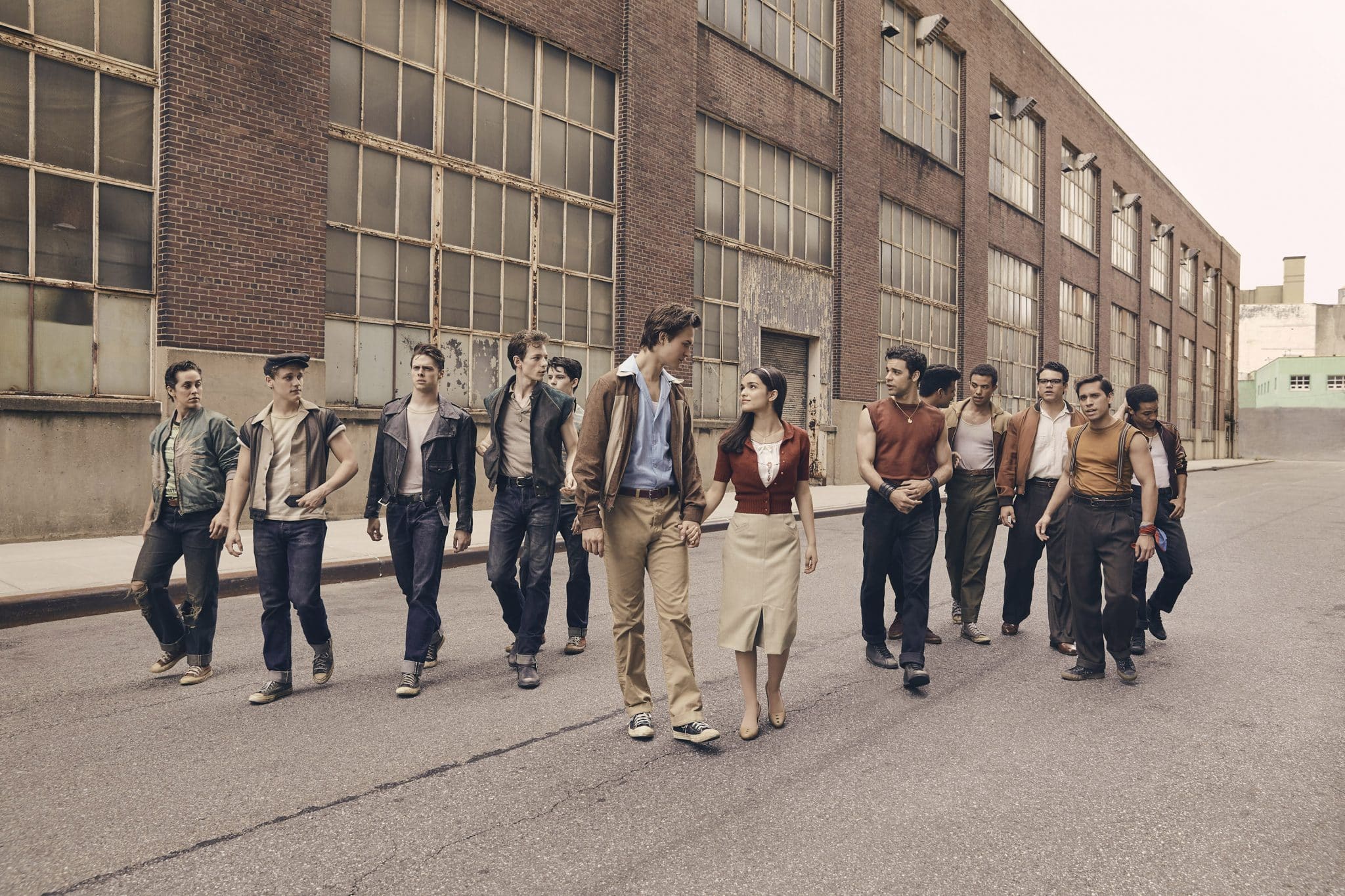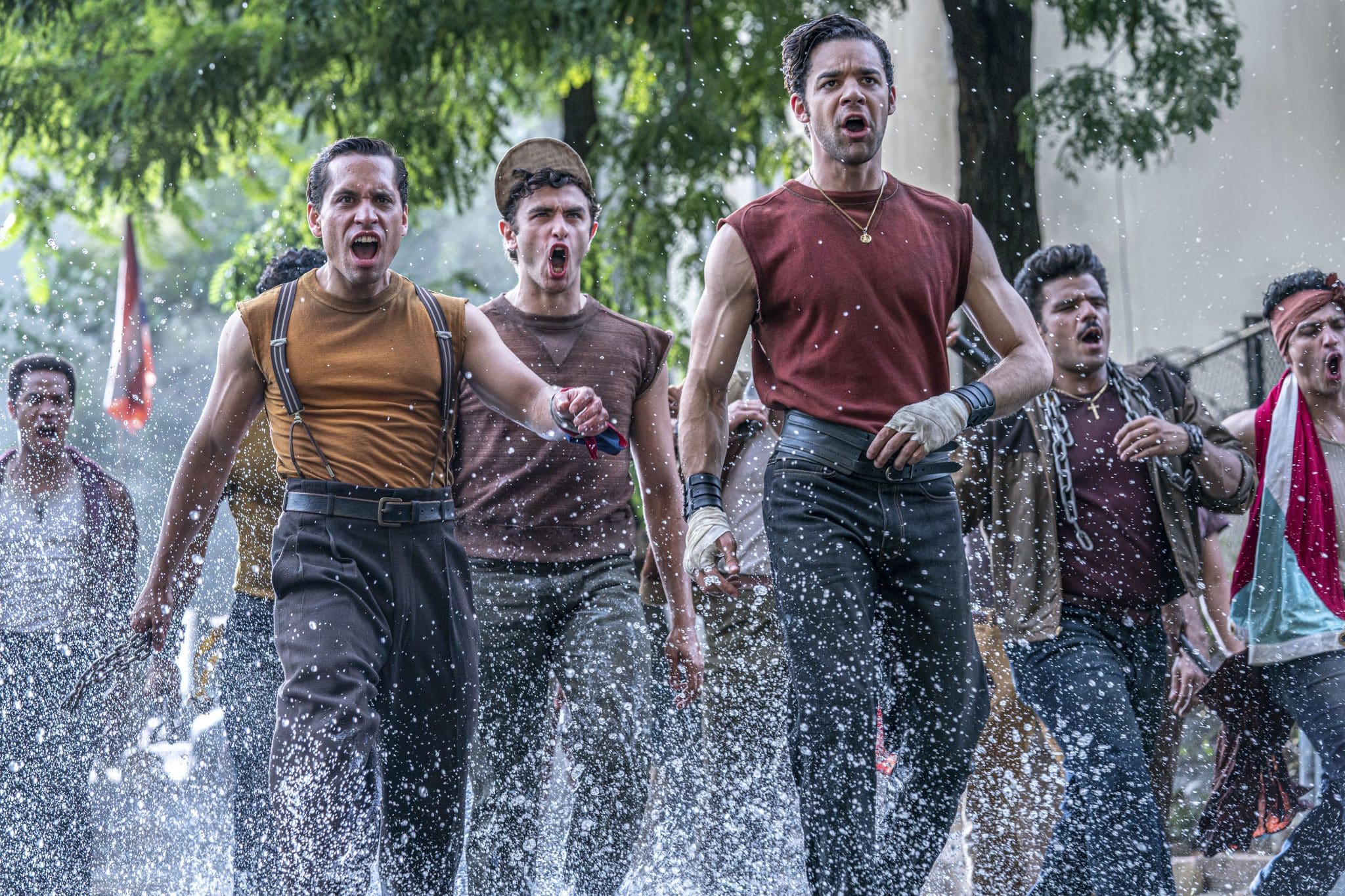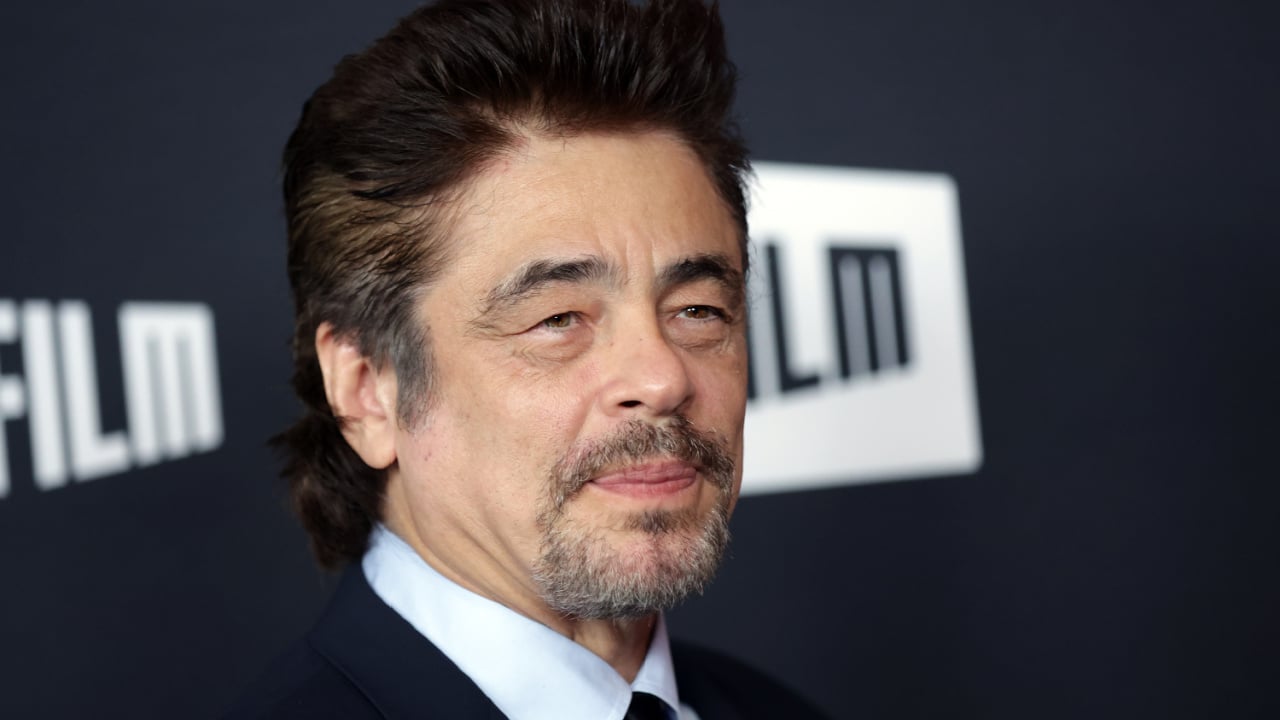Opinion: 8 Ways the New ‘West Side Story’ Rights the Wrongs of the Original
I know all the songs from “West Side Story.” My Chicano dad would play the movie periodically on the TV or the soundtrack on our CD player. I never laughed so hard as I did when I was around ten and he bursted in the room lip-syncing to “I Feel Pretty.” As a girl, I’d substitute my name for “Maria,” singing the revised version in my head to myself. There are no songs about “Cristina” and all the three-syllable rhymes and rhythms work. I do that now for my daughter who also has a no-pop-song name. It’s a favorite lullaby of hers.
So yeah, I was excited about the remake. I’m not going to tell you it’s perfect. Or even, on the whole, that it fixes enough of the problems of the original. But with Rita Moreno as an executive producer, it certainly tries.
These are the ways the 2021 version of “West Side Story” improves on the 1961 one:

1. There’s no brownface.
Rita Moreno may have won an Oscar for her role as Anita in the 1961 film version of “West Side Story” but she did it in brownface. Yes, the one actual Puerto Rican they cast in a main role was painted darker. Moreno has recounted more than once that she protested at the time, but the powers that be didn’t listen. Leave it to Hollywood to only consider a light-skinned Latina, but then decide she doesn’t look different enough and artificially darken her skin tone. Shudder. Thankfully, in the sixty years since then, we’ve come a long way and there’s nothing even resembling brownface in the new one.

2. The characters speak Spanish.
It’s one of my pet peeves when movie characters speak both Spanish and English in a way that feels forced and senseless. Lots of productions do this, either having Spanish lines immediately repeated in English or having scenes taking place at home (or in Latin America) all in English. It basically telegraphs that the creators believe their intended audience is comprised of purely English-speakers who can’t be bothered with a few subtitles. This “West Side Story” not only showcases quite a bit of Spanish for a mainstream production, but doesn’t use subtitles.

3. Colorism is addressed.
Speaking of Ariana DeBose, it’s so refreshing to see an Afro-Latina land and dominate such an iconic, Latina role. This is the one that Rita Moreno won the Oscar for and DeBose makes it her own. She’s a charmer but also keeps it real, demanding respect everywhere she goes and calling out problems when she sees them – whether within or outside Latinx communities.

4. The women have some agency and common cause.
In the original film, we saw unfortunate things happen to the women. Anita fights some but gets repaid for her moxie by being gang-raped (maybe it’s just implied, but still). In this version, we see Maria advocating for herself. Anita asserts herself. And Rita Moreno portrays a new character, Valentina, who stops the rape from happening. She’s actually assisted by a white jet girl, who also protests. This female coalition is a pretty big deal, showing that women aren’t just passive victims, falling in love with the wrong men and paying the consequences. It doesn’t exactly make this version feminist, but it’s an improvement.

5. Maria’s character is played by a Latina.
Natalie Wood played Maria back in 1961 and while she was generally praised for her role, there are some concerns. For one, they dubbed her voice. Secondly, she isn’t Latina. Fast forward to now and Colombian American Rachel Zegler takes the part. The actress broke through via YouTube, amassed a significant social media following, and has since caught Hollywood’s eye. She’s a great talent, surpassing, in my estimation, Wood’s performance. Catch her next in Disney’s live-action “Snow White.”

6. Actually, all the Puerto Rican roles are helmed by Latinx actors.
Speilberg was adamant that all the shark parts be played by Latinxs in the remake. In the large crowd scenes, there are all different ages, skin tones, and body types, representing the diversity of our community. My favorite was the group of kids who hit the floor (it’s really the street) during “America.” They fall in line doing the dance number and it’s heart-warming in all the right ways.

7. The sharks seem like real people.
My dad and other Latinxs’ affinity for the film aside, the original “West Side Story” doesn’t seem to have a lot of love for the sharks. They don’t get the time on screen the jets do, skipping over why they resort to violence in the first place. The latest version fixes that, showing Bernardo and the gang as hard-working immigrants who know the police won’t defend them or their neighborhood. We learn of Bernardo’s dreams outside the block and even hear the sharks sing “La Borinqueña” in an act of defiance against the police.

8. They play tribute to Puerto Rico.
The original “America” had some pretty derogatory lines about the island in it. This version has removed those lines. Instead, Ariana DeBose’s Anita appears to be joyfully celebrating her new, but still Puerto Rican, neighborhood. Her bright yellow dress communicates happiness, and she laughs and jokes with her boyfriend Bernardo, who’s stuck playing devil’s advocate here. Plus, at the end, she affirms loudly that she rejects all the white violence around her. She’s Puerto Rican and proud of it. Add in the loving placements of the borinquen flag and you’ve got yourself a cinematic love letter to the beautiful island colony.




